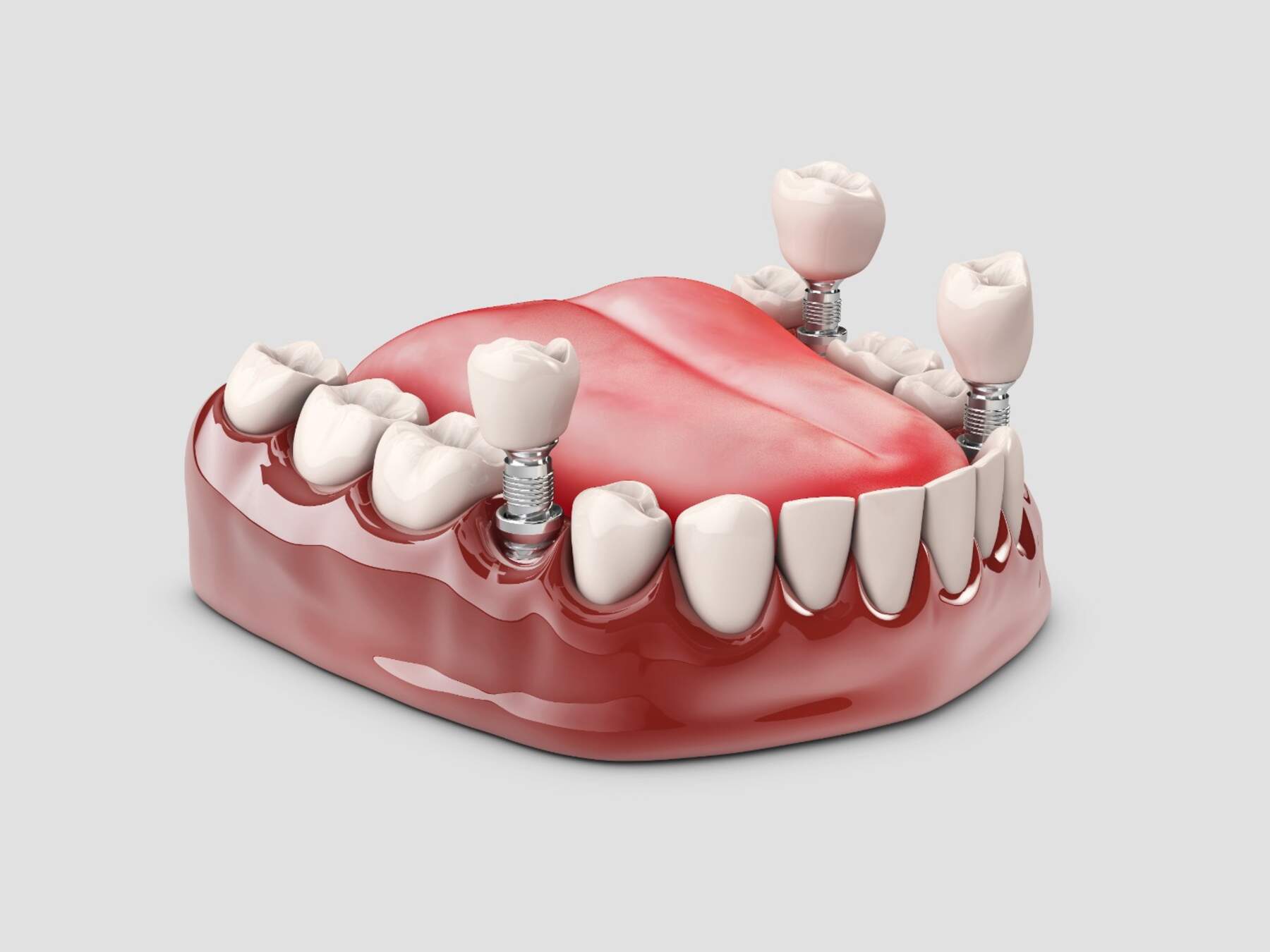We commonly hear from our dentist that our teeth need denervation. But which are the cases that a denervation is really required? Denervation is a therapeutic method in order to save a tooth but it cannot be completed in every case.
However, tooth denervation or else called endodontic treatment, is a procedure which requires the removement of nerves, blood vessels, germs as well as toxins through the tooth. Keep reading and learn more about denervation along with its causes and the whole procedure.
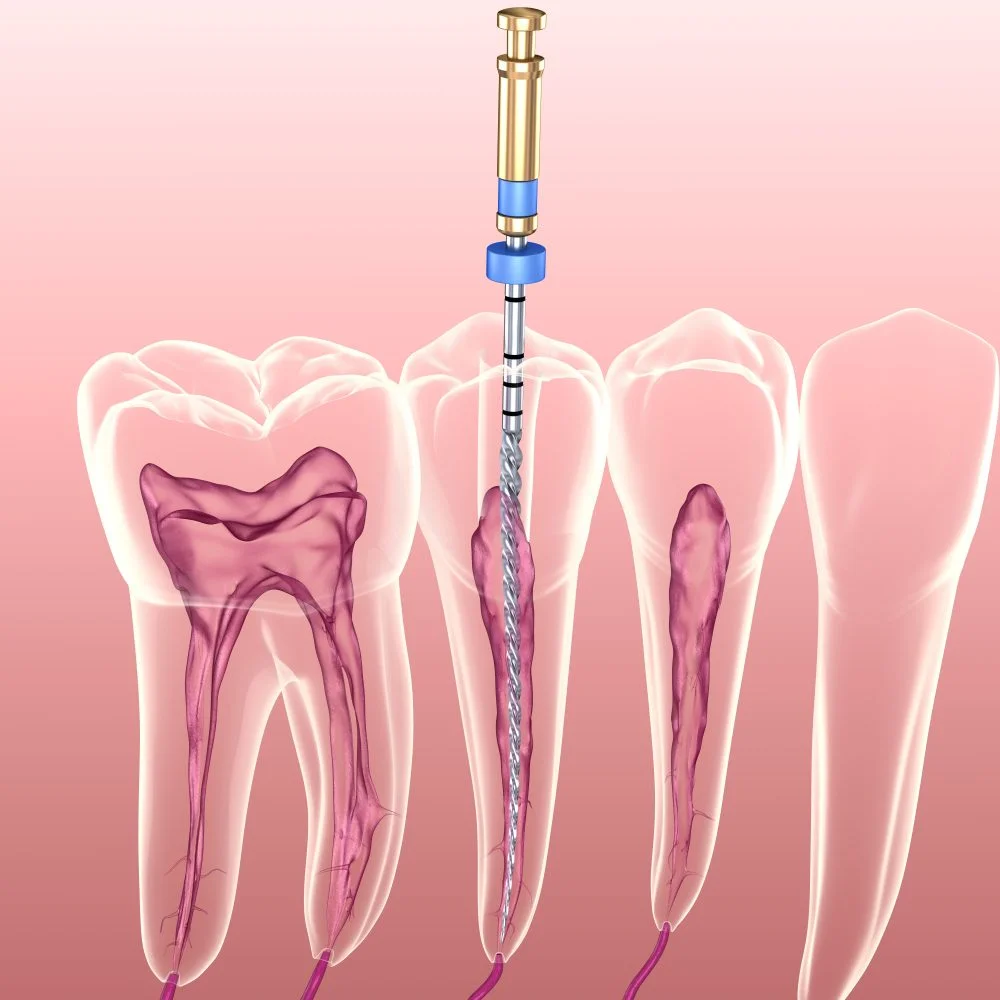
What is Denervation?
Tooth denervation is the dental treatment which should be performed by a dentist or endodontist in order to “save” a damaged tooth or dead pulp.
Tooth denervation or endodontic treatment, is a dental procedure whose purpose is to thoroughly clean the tooth and therefore to fill the gap that has been created in order to not experience any risk of inflammation and infection in the short future.
When Does a Tooth Need Denervation?
Denervation is a dental procedure which is recommended when inflammation is about to occur in the pulp – the inside part of the tooth. At that moment, there are nerves along with blood vessels, while just as soon as the germs move inside the tooth, they create inflammation. If this inflammation is not treated at the right time, it can spread around the tooth and trigger swelling together with pain.
Tooth caries are commonly accountable for causing inflammation in the dental pulp. An additional possible cause is at the time that a tooth breaks and the damage is placed near the dental pulp or when it is hurt and then it leads to necrosis of the dental pulp. Moreover, denervation applies in the position of a tooth abscess as well as swelling.
In the case of wisdom teeth, denervation usually is not applied, except on a condition where it must certainly be maintained, such as at the moment that it is necessary as sole support.
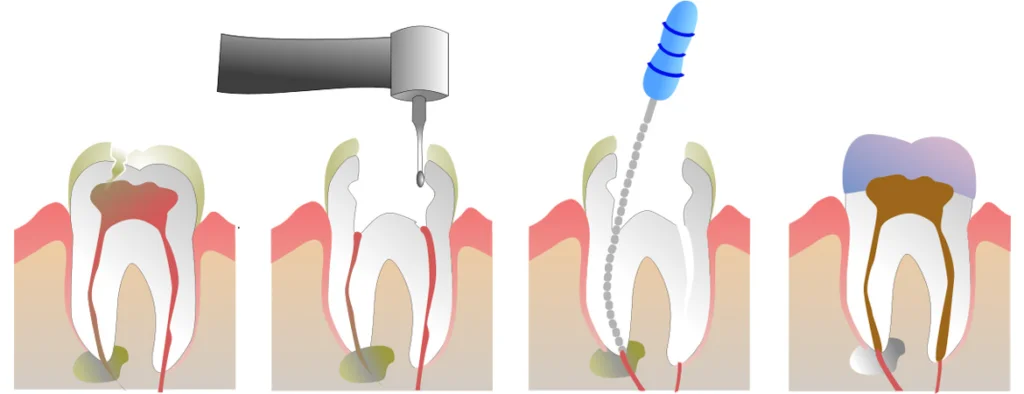
Which is the Purpose of a Tooth Denervation?
The aim of the tooth denervation is to remove the inflammation or dead pulp tissue, in order to clean as well as disinfect both the pulp cavity, which is located in the tooth mill, and the root canals which are located in the inner part of the tooth roots.
As long as the root canals are clean and suitably shaped, endodontists express a rubber-like elastic material with gutta-percha. The aim of a root canal occlusion is to prevent any re-infection of the dental pulp.
How is a Denervation Procedure Completed?
The denervation is a dental procedure which is completed in the dental clinic. In the first instance, the damaged tooth is isolated, so that there is no risk of the patient swallowing fluids but at the same time keep the area clean.
Afterwards, the dentist removes the tooth caries, cleans the area and at the same time fills the tooth with a dental material in order to not become infected for a second time. By the time that the procedure is completed, a complete dental filling can be placed or a dental case in order to stabilize the filling of your tooth.
During the session you might feel some discomfort while you chew your food, but it will not be neither intense nor disturbing.
If the swelling of the tooth which needs to be denervated is huge, then you might need to take antibiotics.
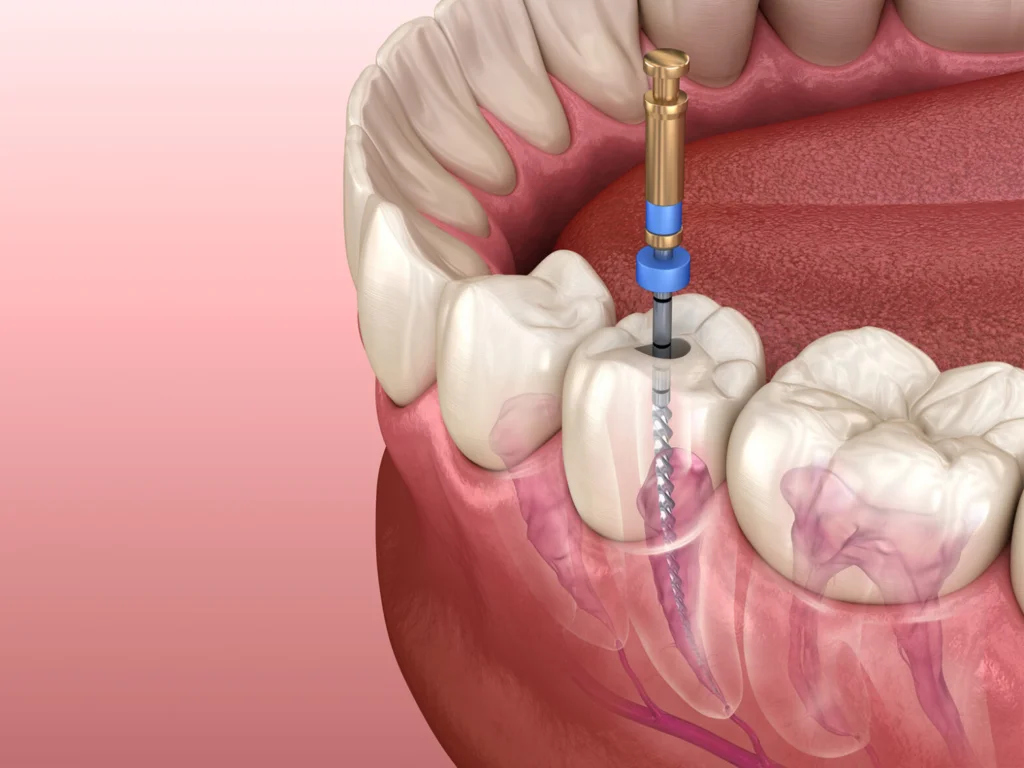
How is a Nerve Infected?
Tooth nerves get infected when an external damage to the tooth exposes its inner part to bacteria which can cause inflammation.
The causes which can lead to a denervation of a tooth, are:
- Extended caries
- Hard food fracture or tooth injury
- Large sealants
- As well as, in numerous cases – crooked teeth
What are the Symptoms of a Tooth that Needs to Be Denervated?
There are several symptoms that can be detected in a tooth which needs to be denervated. Although, the most common symptoms are:
- Intense and constant pain
- Mild chronic pain
- Severe pain along with swelling
- Pain that becomes intense when lying down
- Swelling without pain
- Slight swelling in the gums towards the end of the root of the cracked tooth is commonly painless
- Tooth discoloration (darker).
Can Every Tooth Get Denervated?
Unfortunately, not every tooth can be denervated. There are some teeth which have very crooked roots and where small tools cannot be moved or even teeth that the root canals are completely blocked, such as from bacterial plaque.
There are several times where the denervation, even though it can be completed, is pointless and therefore a tooth extraction is preferred. To give an instance, those cases might include a tooth that cannot “chew”, e.g., wisdom teeth or teeth which due to periodontitis move so much that cannot be saved even with a denervation procedure.

How Long Does Each Tooth Denervation Appointment Last?
A tooth denervation appointment commonly lasts 45 minutes. The duration of a denervation appointment depends on several factors. Those factors are, such as:
- The number of root canals of the tooth
- The position of the tooth
- Peculiarities in morphology (e.g., strongly bent root canals) or tooth anatomy (calcified root canals)
- Patient collaboration
It is essential for the patient to be conscious about the fact that each tooth is a different case and it is difficult for the dentist to predict how long a tooth denervation appointment will take. In the general rule of things, the appointment does not exceed one hour. After all, a fast procedure does not always mean that it will provide good and effective results for your dental treatment.
What are the Side Effects or Complications of a Tooth Denervation?
Tooth denervation is a dental treatment with high success rates which range from 90 to 95%. This dental procedure is performed for the most part by specialized endodontists. However, there are several cases where complications can appear and lead to a failed endodontic treatment or even lack of ability to save the tooth.
A principal criterion for a successful tooth denervation procedure is the complete elimination of germs, not only in the main root canal, but also in the adjacent root canals. If the inner part of the tooth or the tissues surrounding the root remain infected, then the treatment has failed. The most common symptoms of a failed denervation procedure are severe pain, or swelling of the gums in the area around the tooth.
It is therefore recommended to take an x-ray a few days after the tooth denervation in order to confirm whether it was successful or not.
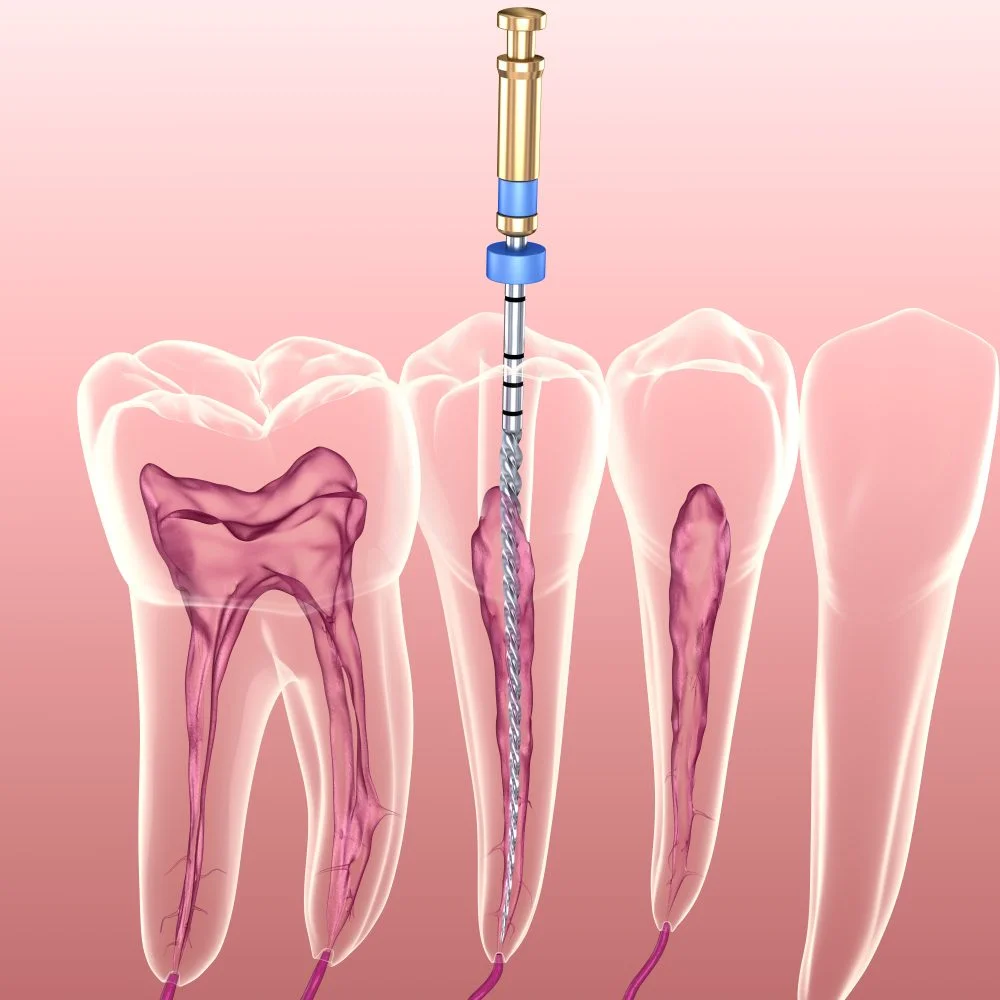
To Conclude
Tooth denervation is a therapeutic procedure that is used in order to save a tooth. Although, it would be better for every patient to follow the dentist’s instructions as well as to be consistent in the regular dental visits and checkups in order to prevent dental situations which might be severe in the future.
However, tooth denervation procedures that are completed by specialists and in continuity the correct prosthetic restorations provide long-term results. On the odd occasion, immediately after the denervation procedure, symptoms might appear for a short period of time.
Nonetheless, if you are in need of a more thorough and clear opinion as well as a solution to your dental issue, then you can schedule a consultation with our specialized dentists. At Trio Dent you will find the professional dentists you need, while at the same time you can choose the most suitable and appropriate dental treatment for your personal needs. Once you trust us, you will already be in the best dental hands!



